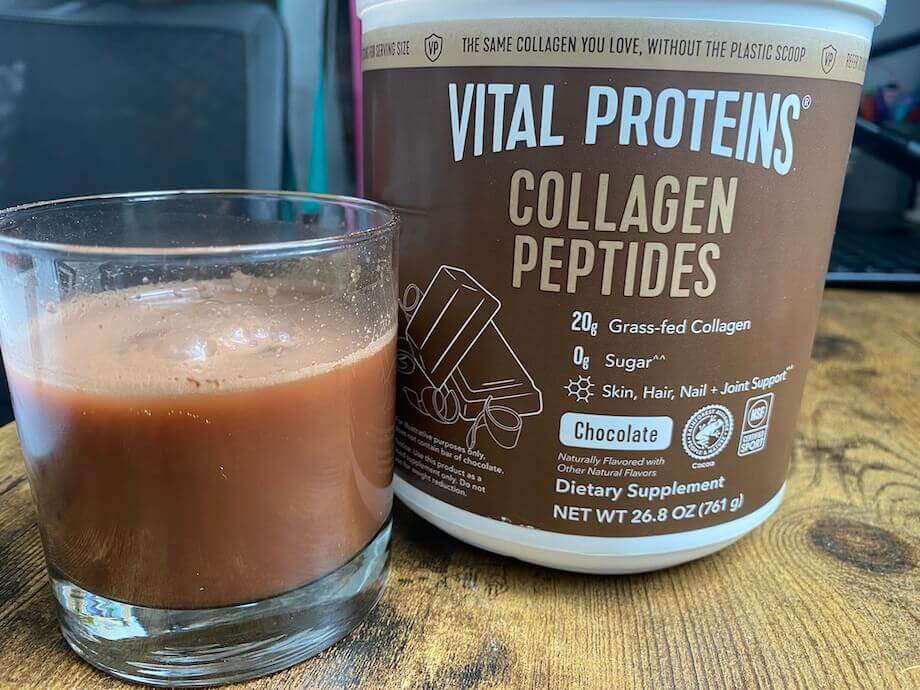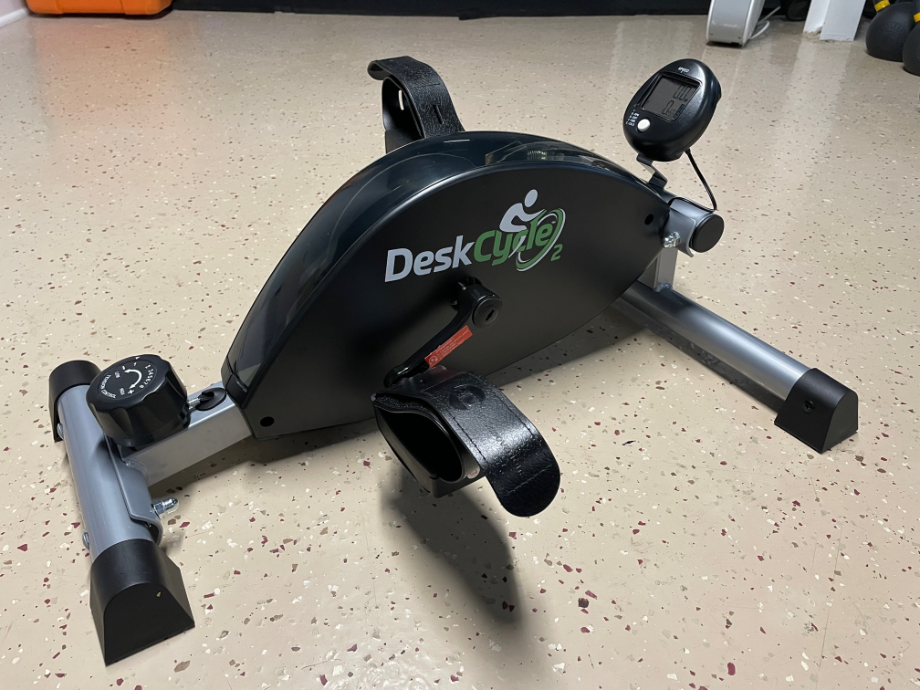Trendy diets have been around for as long as many of us can remember. The Special K diet, Slim Fast Plan, and Weight Watchers were a few of the many we watched family members try while growing up, and some of us have gone on to try them ourselves. More recently, the Keto diet, Carnivore diet, and Paleo diet have taken center stage, each trying to prove that they’re more effective than the rest. With so many types of diets to choose from, it’s hard to know which ones might actually work and which are just a hyped up fad.
RELATED: Weird Diets
In this article, I break down the pros and cons of several popular diets to help you decide if any are worth trying. As a registered dietitian nutritionist, I’ve provided my honest thoughts on each diet’s effectiveness and sustainability, factoring in aspects like restrictiveness, convenience, and nutrient density. With these insights, you’ll be better equipped to find the best weight-loss program for your unique dietary needs and preferences.
Medical disclaimer: This article is intended for educational and informational purposes only. It is not intended as a substitute for medical advice. For health advice, contact a licensed healthcare provider.
What Exactly Is a Diet?
Diets are most commonly associated with weight loss, but technically, a diet refers to the types of food you eat, how often you eat them, and in what amounts. If you eat food, you have a diet.
Diets are shaped by personal preferences, such as choosing not to eat meat; medical needs, like controlling blood sugar; and personal goals, such as losing body fat. Many commercial diets are designed to create a caloric deficit for weight loss, while others focus on adjusting the intake of specific nutrients, either increasing or reducing them.
Since everyone’s needs, preferences, and goals differ, a variety of structured diets have been created over the years to attract consumers looking for quick changes. Check out how these diets compare below.
Mediterranean Diet
The Mediterranean Diet is more of a healthy eating plan than a weight-loss diet. It’s designed to improve health and wellbeing by including a variety of nutrient-rich, anti-inflammatory foods. Rather than focusing on calorie restriction, it emphasizes whole foods that support energy, longevity, and the prevention of chronic disease. Specifically, it’s often recommended as a tool for managing or preventing heart disease and Type 2 diabetes.
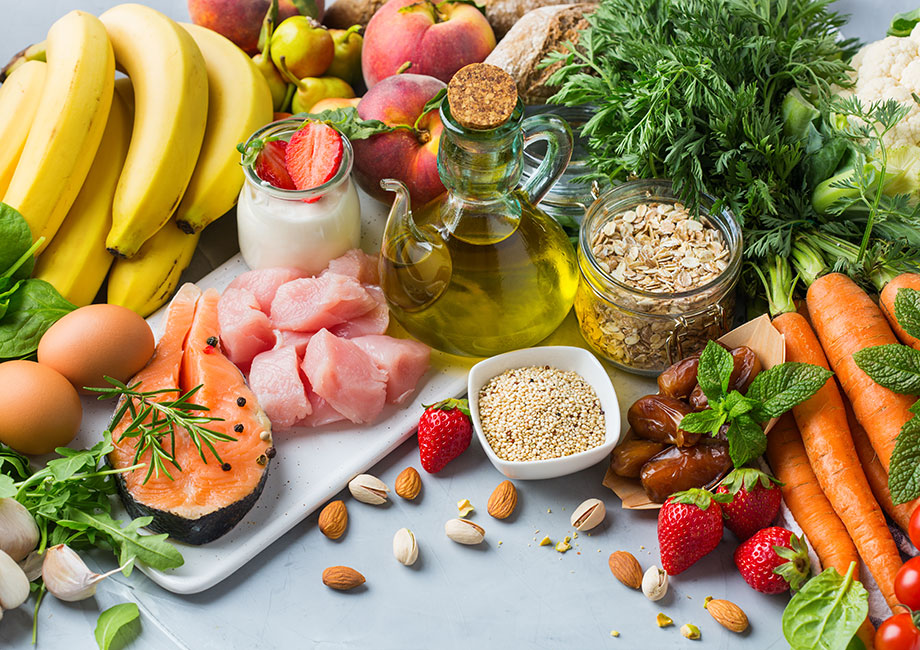
How it works: The Mediterranean Diet emphasizes nutrient-dense, plant-centered meals focused on minimally processed whole grains, vegetables, fruits, legumes, and heart-healthy oils. Whole grains, legumes, a variety of vegetables, and fruit are consumed on a daily basis. Lean poultry, fish, and red wine can be consumed moderately, while red or processed meat should be limited to only once every week or two. Calorie intake and portion size are not emphasized, so it’s up to you to determine the quantity of food you eat.
Benefits:
- Flexible eating plan that doesn’t cut out entire food groups
- More sustainable because it doesn’t restrict calories
- Encourages the consumption of nutrient-rich whole foods
- Anti-inflammatory foods may help reduce the risk of chronic diseases
- May reduce the risk of certain types of cancer1, Type 2 diabetes, obesity, and cardiovascular disease
Downsides:
- Portion sizes are not emphasized, which could be difficult for those who aren’t in tune with their hunger/fullness cues
- The cost of whole foods can be more expensive than highly processed foods
- Whole foods often require more cooking time than pre-made, processed foods
Paleo Diet
The Paleo Diet is an eating plan based on foods consumed by early humans in the Paleolithic era. During this time, hunters pursued animals for food while gatherers foraged for berries, nuts, seeds, and edible plants. Ultimately, the Paleo diet aims to increase the consumption of whole foods, while excluding processed foods, grains, and dairy products. Many people follow the Paleo diet with the desire to lose weight and manage chronic conditions more effectively.
RELATED: Best Paleo Meal Delivery

How it works: The Paleo Diet encourages consuming a variety of lean meats like fish and poultry, along with fruits, vegetables, nuts, seeds, eggs, and healthy fats such as olive oil and avocados. It eliminates processed foods, certain vegetables high in starch (potatoes, corn, peas), dairy, grains, refined sugar, and legumes, meaning foods like cheese, yogurt, bread, pasta, beans, and rice are off-limits. These foods are excluded because they aren’t known to be a part of the human diet during the Paleolithic era.
Benefits:
- Consists of vitamin-and-mineral-rich whole foods
- Doesn’t restrict calorie intake
- Boasts antioxidant-rich foods that may reduce the risk of diseases like diabetes and heart disease
- May improve digestion for those sensitive to gluten who need a gluten-free diet
- May enhance weight-loss efforts since it eliminates high-calorie processed foods
Downsides:
- Eliminates entire food groups like grains and dairy
- The restrictive nature of the diet may make it unsustainable long-term
- Excludes high-fiber foods like legumes and whole grains
- May make it difficult to order at restaurants and social events
Keto Diet
The Keto Diet was initially created to manage seizures in children with epilepsy, and while it’s still used for that purpose, it has also become popular for weight loss and blood sugar management.
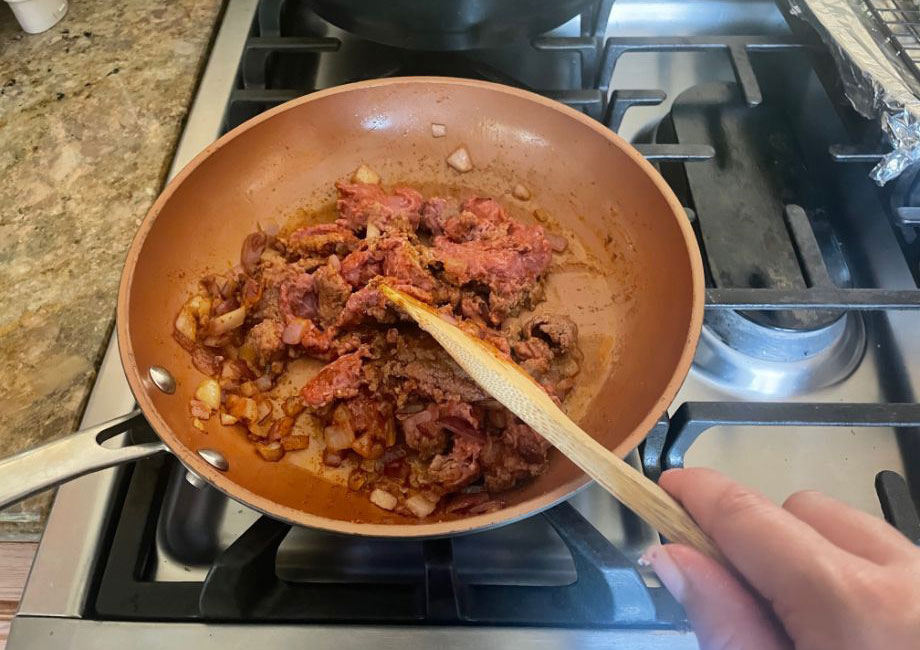
The Keto Diet drastically reduces carbohydrate intake, forcing the body to use fat stores for energy instead of carbs. Carbohydrates are the body’s preferred energy source, but when you cut them from the diet the body shifts into a state of “ketosis” where its fuel source becomes fat. The Keto Diet is high in fat, moderate in protein, and extremely low in carbs.
How it works: This low-carb diet typically consists of 5-10% of daily calories from carbohydrates, 70-75% from fats, and 20-25% from protein. For most individuals, the ketogenic diet doesn’t include more than 50 grams of carbs per day, which doesn’t provide enough glucose for the body to fuel itself. Without enough glucose, the liver breaks down fat into ketones, which are burned for energy to fuel the body. This promotes fat burning and weight loss.
Benefits:
- When in ketosis, the body burns fat and promotes weight loss
- Reducing carb intake helps manage blood sugar levels
- High fat and protein consumption can help you feel fuller for longer
- May reduce the risk of cardiovascular disease2, hyperlipidemia, Type 2 diabetes, and cancer
Downsides:
- The restrictive nature of the diet makes it difficult to sustain
- Many people believe they are in ketosis when they are not due to eating too many carbs
- Difficult to follow when eating at a restaurant or attending social events
- May lead to nutrient deficiencies due to limited fruit, vegetable, and grain intake
- High saturated fat intake could increase cholesterol levels
- Long-term adherence may increase the risk of heart disease3 due to high fat intake
Vegan Diet
The vegan diet is entirely plant-based, excluding all animal products. This means not only avoiding meat but also animal-derived ingredients found in many baked goods and processed foods, such as gelatin, whey, milk, and eggs. People may choose a vegan diet for ethical reasons, including animal welfare and environmental concerns, while others are motivated by the potential health benefits. A vegan diet is more restrictive than a vegetarian diet which may allow for animal-derived ingredients, like dairy and eggs.

A vegan diet is often low in particular nutrients rich in animal products, like vitamin B12, vitamin D, zinc, calcium, and iron. A well-planned plant-based diet may include a high-quality multivitamin supplement to fill these potential nutrient gaps.
How it works: A vegan diet consists solely of plant-based foods, like vegetables, fruits, legumes, nuts, seeds, and grains. Protein comes from sources like beans, tofu, tempeh, and lentils, while nuts, plant-based oils, seeds, and avocados provide fat. When following a strict vegan diet it’s important to check food labels to ensure packaged and processed foods don’t contain any unexpected animal-derived ingredients.
Benefits:
- Full of antioxidant-rich foods that reduce inflammation
- May reduce the risks of Type 2 diabetes4, hypertension, and certain types of cancer
- Focuses on healthful foods rather than calorie restriction
- May lead to weight loss4 due to lower fat consumption and higher fiber intake
Downsides:
- Often low in vitamin B12, vitamin D, zinc, iron, and calcium
- Some individuals consume a “dirty” vegan diet consisting of mostly processed and fast foods that are technically vegan
- Consuming enough protein may require more planning
Intermittent Fasting
Intermittent fasting involves cycling between periods of eating and fasting. There are various schedules people follow. Some alternate days, eating normally one day and fasting the next. Others use a time-restricted approach, such as eating within an 8-hour window and fasting for the remaining 16 hours of the day. On the 16/8 schedule, you consume all your food for the day within 8 hours, so, for example, you may only eat meals between the hours of 12 pm and 8 pm.
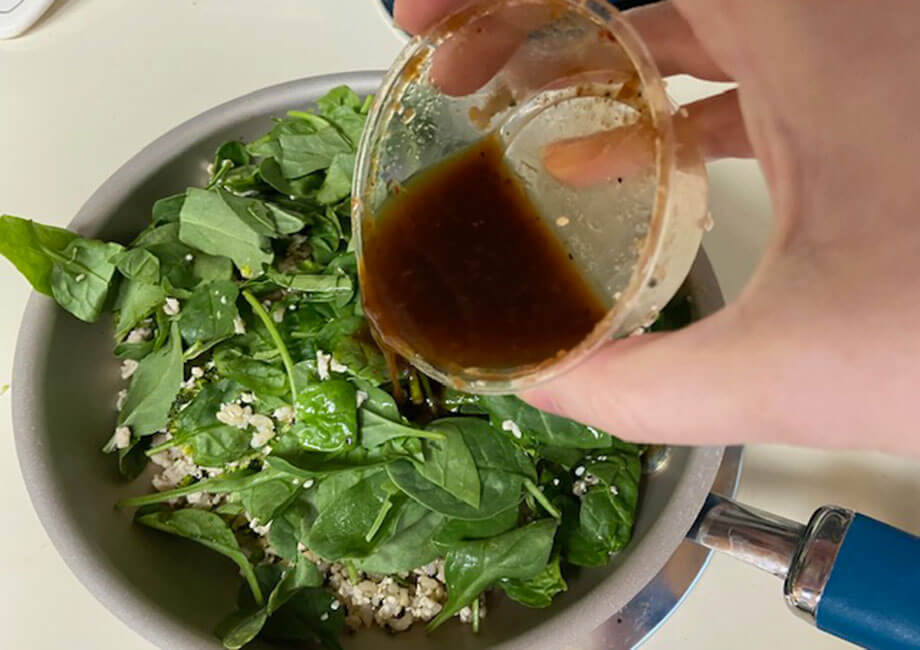
Those practicing intermittent fasting often aim to reduce calorie intake for weight loss. By restricting eating to specific times of the day, the body may enter ketosis, a state where it burns fat for energy by relying on fat stores instead of carbohydrates.
How it works: Many people who practice intermittent fasting follow the 16/8 schedule, where they fast for 16 hours, including while they sleep, and eat during an 8-hour window. Intermittent fasting doesn’t dictate the types of foods or portion sizes you choose to consume during the eating period. That said, if you’re wanting to lose weight and improve your health, it’s important to eat mostly nutrient-dense foods. By sticking with a fasting schedule, you’ll likely consume fewer calories.
Benefits:
- Those who overeat are likely to eat fewer calories and lose weight
- May burn more fat due to entering the metabolic state of ketosis
- Doesn’t cut out entire food groups
- May reduce the risk of obesity5, high blood pressure, heart disease, and Type 2 diabetes
- More adaptable than other more restrictive diets like the keto diet
Downsides:
- Some overeat during eating windows, which is less likely to put them in a calorie deficit
- Increased hunger during periods of fasting, which can lead to binge eating later on
- May miss out on meals during social gatherings that aren’t during your eating window
Carnivore Diet
The Carnivore Diet is a very restrictive no-carb diet that eliminates fruits, vegetables, grains, legumes, nuts, and seeds. Approved foods include meat, poultry, fish, and limited amounts of eggs and dairy. By excluding carbs and only eating animal products, the diet aims to enhance weight loss by burning fat for energy. The carnivore diet is similar to the keto diet, which allows a very small amount of carbs daily.
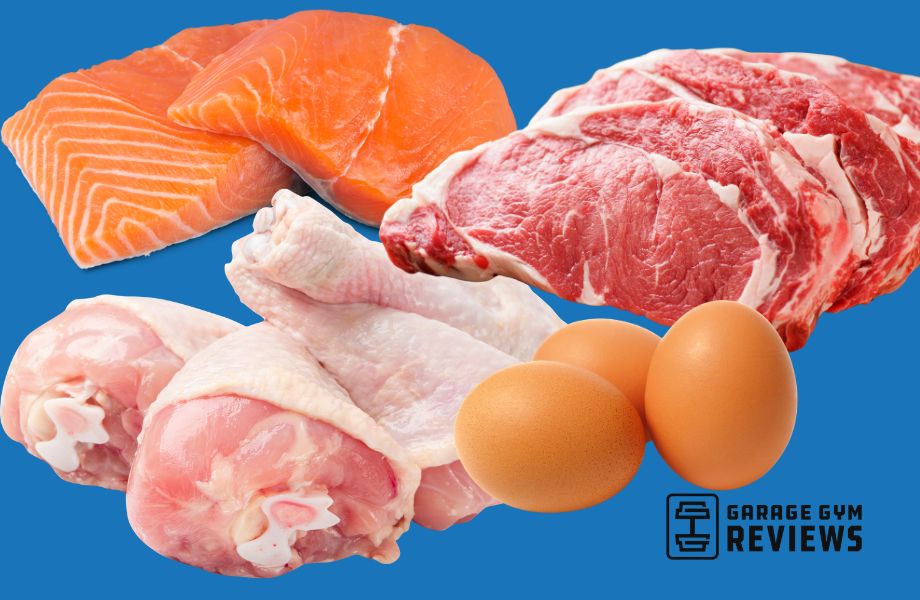
How it works: When you eliminate carbs from your diet your body runs out of glucose, its preferred source of energy. When glucose isn’t available, your body shifts into ketosis where stored fat turns into ketones that are used for energy. The purpose of the carnivore diet is to speed up fat-burning and weight loss.
Benefits:
- The elimination of carbs may support blood sugar regulation
- Achieving a state of ketosis could promote weight loss
- High fat and protein intake could help you feel fuller for longer
Downsides:
- Limited long-term research on the carnivore diet
- High saturated fat intake could increase cholesterol and the risk of heart disease
- Extremely restrictive and unsustainable for most individuals
- Diet lacks fiber, vitamins, and minerals and could result in nutrient deficiencies
- May make it difficult to order meals at restaurants and social gatherings
The Zone Diet
The Zone Diet was designed to balance hormones, reduce inflammation, support weight loss, and lower the risk of chronic diseases. It promotes a balance of 40% carbohydrates, 30% fat, and 30% protein at every meal and snack. The plan includes eating five times a day—three meals and two snacks. While no foods are strictly forbidden, the diet encourages limiting those that are more likely to cause inflammation. Foods high in sugar, red meat, and refined and processed foods are not encouraged.
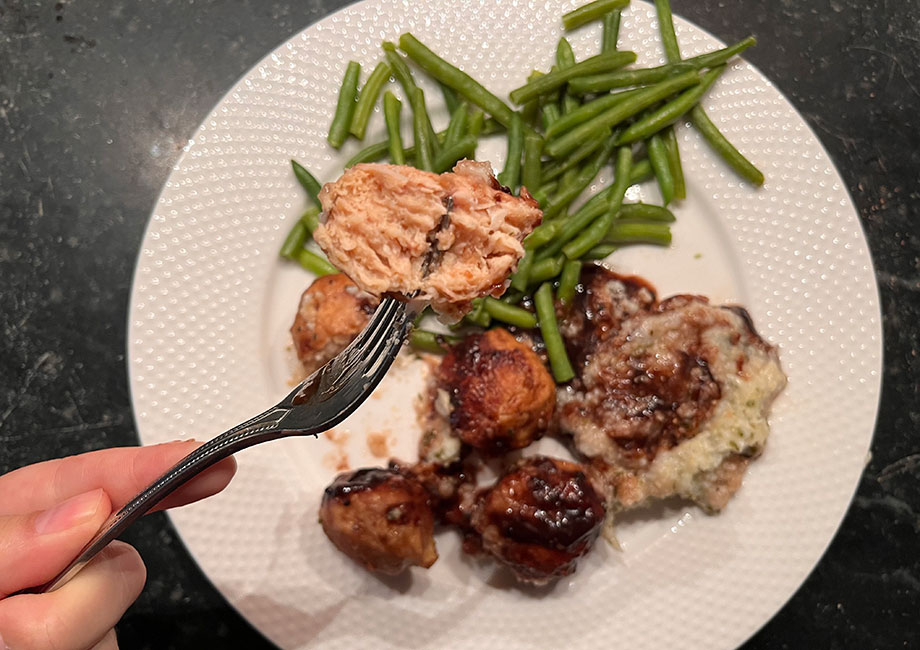
How it works: To follow the Zone Diet you can use the hand-eye method or the Zone food blocks. The hand-eye method is the easiest way to start. The five fingers of the hand remind you to eat five times a day and never to go longer than 5 hours between meals. You use your eyes to estimate portion sizes. One-third of your plate consists of protein and two-thirds of your plate consists of carbs. Then you add a dash of fat, such as olive oil or avocado.
If you choose to follow the Zone Food Blocks method you’ll need to track your macros. One Zone Food Block equates to 7 grams of protein, 9 grams of carbs, and 1.5 grams of fat. The goal of Zone Food Blocks is to balance your intake of carbs, fat, and protein so that you’re able to lose weight while maintaining muscle mass. The average female eats 11 blocks a day and the average man eats an average of 14 blocks each day. To determine how many blocks you’re allotted each day, you can use the Zone Body Fat Calculator.
Benefits:
- Encourages balanced meals containing all macronutrients
- Doesn’t eliminate any food groups
- May help reduce inflammation and reduce the risk of chronic disease
- The focus on moderate protein intake may support muscle maintenance
- Reducing processed foods and foods high in sugar may help stabilize blood sugar
Downsides:
- The eye-hand method may be inaccurate when it comes to balancing macros
- If choosing the Zone Food Blocks method, calculating macros can be tedious
- Maintaining the precise macros can feel restrictive and repetitive over time
- The Zone Diet website offers branded products that aren’t necessary for weight loss
- Lack of evidence supporting the diet’s long-term effectiveness
If It Fits Your Macros
If It Fits Your Macros (IIFYM) is a flexible eating plan where you can eat anything you want as long as it fits within your macronutrient goals. Individuals may be drawn to this diet because it doesn’t eliminate any foods and can even include foods that are usually deemed “unhealthy.” The thought is that as long as you stay within your macro targets, you’ll be able to achieve certain weight loss or physique goals.
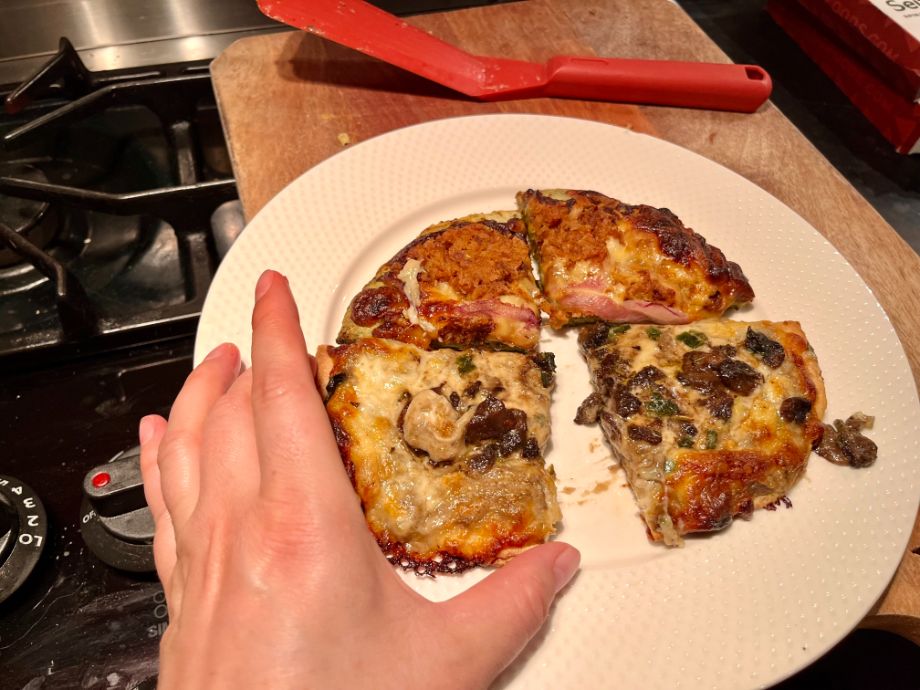
How it works: To follow the IIFYM diet, it’s crucial to determine the appropriate macro targets based on your goals. Those who want to gain muscle and lose fat will need to have a high protein intake and lower fat intake. Those wanting to lose weight may eat fewer fats and carbs.
To determine your macro needs, begin by calculating your daily energy requirements based on your goals. Next, establish the appropriate macro ratios for your plan. Finally, convert these ratios into the specific grams of protein, carbohydrates, and fats you should aim to consume each day.
RELATED: What Should My Macros Be?
Benefits:
- May be more sustainable because you’re not excluding certain foods
- Encourages a balanced macronutrient intake
- Increases awareness and a deeper understanding of what you’re eating
- May improve physical performance, muscle growth, and recovery for athletes
Downsides:
- Tracking macros can be tedious and time consuming
- Estimating portion sizes can be challenging and lead to inaccurate macro tracking
- May need to plan meals in advance to ensure you don’t exceed your macro targets
- Learning curve related to calculating macros and adjusting targets to meet goals
Dukan Diet
The Dukan Diet is a high-protein, low-carbohydrate eating plan aimed at achieving long-term weight loss. It consists of four phases, starting with the most restrictive phase, which eliminates all carbohydrates except for a small amount of oat bran for fiber. The next three phases gradually reintroduce a variety of foods. The goal is to reach a metabolic state of ketosis, where your body burns fat for energy. Once you’ve lost weight, you gradually add foods back in while maintaining a pure protein day once a week to sustain weight loss.
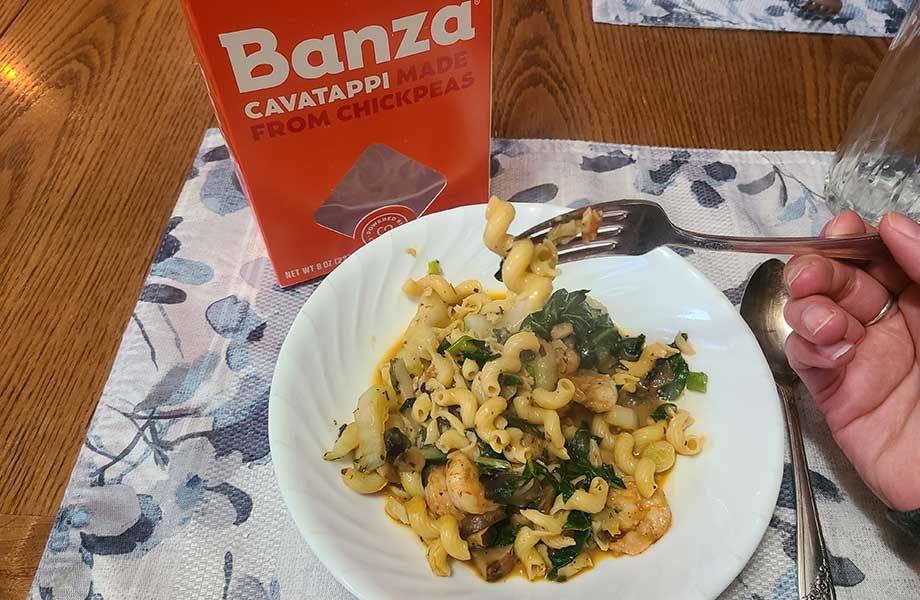
How it works: Phase one, the Attack Phase, lasts between two to seven days, depending on your weight-loss goals. During this phase, you only eat lean protein sources such as chicken, turkey, and fish, along with a small amount of oat bran. The goal of the Attack Phase is to initiate ketosis for fat loss.
Phase Two, the Cruise Phase, introduces non-starchy vegetables, including leafy greens. During this phase, dieters alternate between pure protein days and days that include protein with non-starchy vegetables.
The third phase, called the Consolidation Phase, adds in fruits, whole grains, cheese, and one or two “celebration meals” (aka cheat meals). This phase still includes pure protein days to help maintain weight loss.
Finally, the Stabilization Phase encourages dieters to adopt a balanced, nutrient-rich diet while continuing to include one pure protein day each week. This phase is focused on long-term maintenance of weight loss.
Benefits:
- Higher protein intake can help increase satiety, curb hunger, and maintain muscle mass
- May help stabilize blood sugar levels due to low carb intake
- Likely to promote weight loss due to a calorie deficit
Downsides:
- Very restrictive and difficult to maintain
- The various phases are challenging to navigate
- The initial stages may lack essential nutrients
- May trigger disordered eating patterns
Sirtfood Diet
The Sirtfood Diet promotes foods that may increase levels of sirtuins, a group of proteins in the body that influence metabolism and inflammation5. Sirtfoods include but aren’t limited to kale, red wine, onions, blueberries, coffee, dark chocolate, Medjool dates, turmeric, parsley, and walnuts.
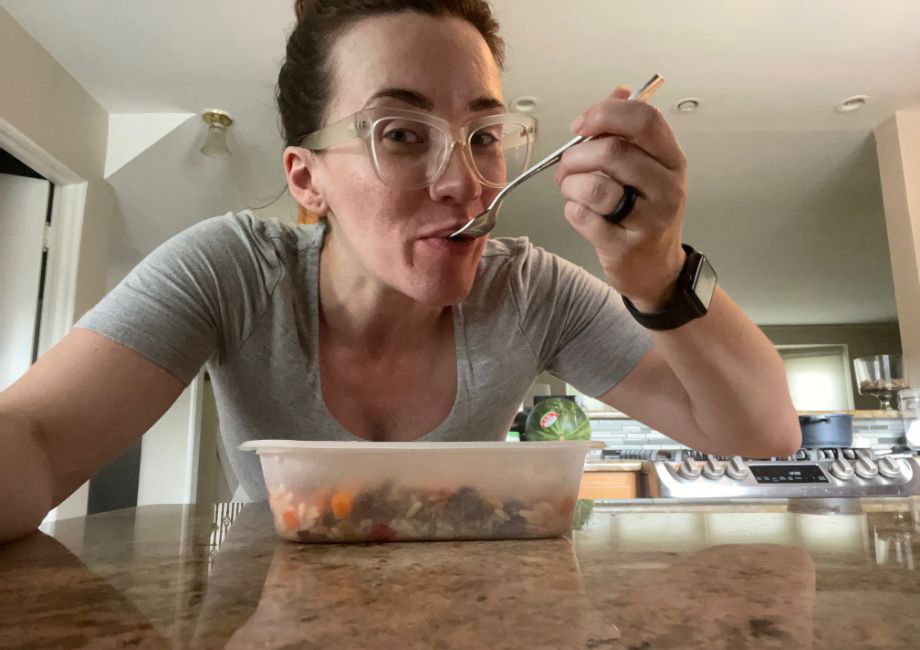
The diet combines “sirtfoods” and calorie restriction to increase sirtuins and induce weight loss. Dieters complete two phases that last three weeks and require the purchase of “The Sirtfood Diet” book. Following the three weeks, they are encouraged to continue creating meals with sirtfoods to maintain weight loss.
How it works: In Phase One, dieters follow a 1,000-calorie plan for the first three days, consisting of three green juices and one sirtfood meal each day. For the remaining four days, the calorie intake increases to 1,500 per day, with two green juices and two sirtfood meals daily. These meals should be made using recipes from the diet book. This initial phase lasts a total of seven days.
The second phase, which lasts two weeks, doesn’t include a specific calorie limit. In this phase, dieters eat three sirtfood meals a day and one green juice. This is considered the maintenance phase.
Benefits:
- Sirtfoods are nutrient-dense and anti-inflammatory
- Sirtfoods may enhance sirtuin levels in the body and improve metabolism
- Recipes are focused on whole, unprocessed foods
- May enhance overall health and longevity5
Downsides:
- Requires the purchase of “The Sirtfood Diet” book
- The initial phase encourages an extreme, potentially harmful calorie restriction
- The first phase may lack essential nutrients
- Likely difficult to maintain long-term
Other Diets
The number of diets available is growing rapidly, making it impossible to cover them all here. However, here’s a brief look at a few other diet plans that may be worth exploring.
- GOLO Diet: Aims to enhance metabolism, minimize muscle deterioration, and promote quick and healthy weight loss by controlling blood sugar levels and reducing insulin resistance.
- WeightWatchers: Uses a Points system to encourage foods that provide sustained energy, increase satiety, and support metabolism, while discouraging high saturated fat and sugar intake.
- Atkins: Like the Dukan Diet, the Atkins Diet initially restricts most carbs to initiate ketosis for fat burning, then gradually reintroduces fruits, vegetables, and grains to help individuals find their optimal carb level for sustained weight loss.
Types of Diets: Final Thoughts
As a dietitian, I encourage those seeking weight loss to focus on small, sustainable changes to their eating habits. Many fad diets promise rapid results, but this weight loss is often short-term. If diets truly worked, why would there be so many of them? And why do we find ourselves restarting them over and over?
The diet industry thrives on repeat customers. Many diets aren’t designed for long-term success, which keeps people coming back and spending money time and again. Before starting any dietary approach, consider how realistic it will be to maintain, whether it’s flexible and healthy, and if it truly supports a balanced approach to eating. Sustainable changes, rather than quick fixes, lead to lasting health improvements.
Types of Diets: FAQs
Which type of diet is best for weight loss?
The best healthy diet for weight loss emphasizes a balanced intake of nutrients, whole foods, and a modest calorie deficit. Consider the Mediterranean Diet for an option that’s focused on nutrient-dense foods, variety, and long-term sustainability. Sometimes, simply changing the types of foods you eat can result in a calorie deficit.
What are the differences between a paleo diet and a keto diet?
The Paleo diet prioritizes unprocessed foods that were available during the Paleolithic era, including lean meats, fruits, fish, vegetables, nuts, and seeds. In contrast, the Keto diet significantly reduces carbohydrate intake to trigger ketosis, allowing the body to use fat for energy instead of carbs. While the Paleo diet prioritizes nutrient-dense foods, the Keto diet aims for fat loss through the process of ketosis.
What is the Mediterranean Diet?
The Mediterranean Diet focuses on nutrient-dense, plant-based meals including whole grains, vegetables, fruits, legumes, and heart-healthy oils. It encourages daily consumption of these foods, with a moderate intake of low-fat poultry, fish, and red wine. Red or processed meat is limited to once every week or two. There are no strict guidelines on calorie intake or portion sizes.
These statements have not been evaluated by the Food and Drug Administration. This product is not intended to diagnose, treat, cure, or prevent any diseases.
References
- Tosti, V., Bertozzi, B., & Fontana, L. (2018). Health Benefits of the Mediterranean Diet: Metabolic and Molecular Mechanisms. The Journals of Gerontology. Series A, Biological Sciences and Medical Sciences, 73(3), 318–326. https://doi.org/10.1093/gerona/glx227
- Masood W, Annamaraju P, Khan Suheb MZ, et al. Ketogenic Diet. [Updated 2023 Jun 16]. In: StatPearls [Internet]. Treasure Island (FL): StatPearls Publishing; 2024 Jan-. Available from: https://www.ncbi.nlm.nih.gov/books/NBK499830/
- Iulia L. (2023). Keto-Like’ Diet May Be Linked to Higher Risk of Heart Disease, Cardiac Events. American College of Cardiology.
- Łuszczki, E., Boakye, F., Zielińska, M., Dereń, K., Bartosiewicz, A., Oleksy, Ł., & Stolarczyk, A. (2023). Vegan diet: nutritional components, implementation, and effects on adults’ health. Frontiers in Nutrition, 10, 1294497. https://doi.org/10.3389/fnut.2023.1294497
- Libert, S., & Guarente, L. (2013). Metabolic and neuropsychiatric effects of calorie restriction and sirtuins. Annual Review of Physiology, 75, 669–684. https://doi.org/10.1146/annurev-physiol-030212-183800




